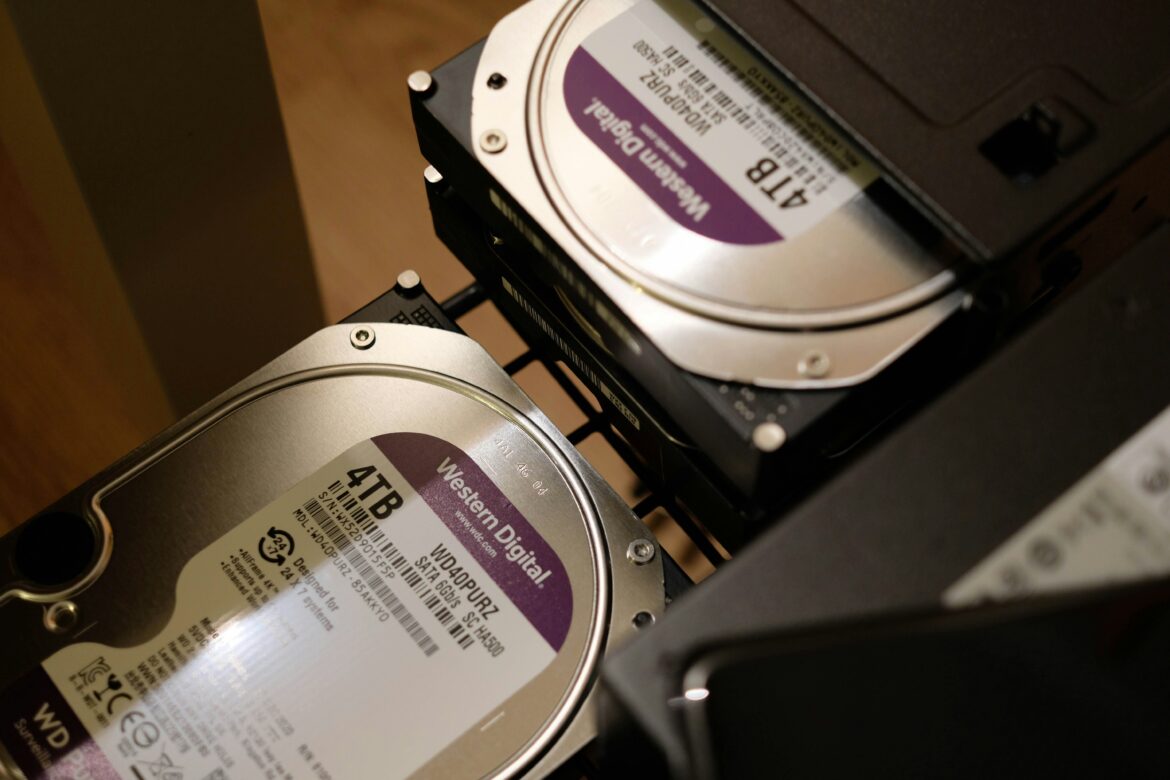148
It is important to know how to find out the remaining lifespan of hard drives. Storage media can only store data for a certain amount of time.
Find out the lifespan of a hard drive: Use diagnostic tools
After prolonged hard drive use or the purchase of a used computer, it is worth checking the condition and service life of the installed hard drive.
- Modern hard drives have a feature called S.M.A.R.T. This feature automatically checks the current condition of the hard drive and logs relevant data in the form of S.M.A.R.T. values (Self-Monitoring, Analysis and Reporting Technology).
- You can view the log using a free diagnostic tool. These also make it easier to evaluate the data, as the S.M.A.R.T. values are not immediately understandable at first glance.
- Some of the most popular tools for finding out the previous operating time of a hard drive include CrystalDiskInfo, HD Tune, and others. Install one of the programs to analyze the performance of your hard drive. Then start it.
- Basically, the process is always the same for all programs. First, select the desired hard drive and wait until all information has been loaded.
- The data on your hard drive will then be listed in a table. You will see the runtime in a row titled Operating Hours, Power on Hours Count, or Runtime, depending on the program. The display shows the duration in hours.
- If your hard drive is OK, this will also be displayed. Depending on the software, you can have the condition of your hard drive thoroughly examined. After a detailed test, any defective areas will be marked in red.
- Note: The term “Power On Hours” describes the number of hours during which the hard drive was switched on and also active in sleep mode. Based on the average lifespan of the storage medium, you can roughly determine how long the hard drive will remain usable.
Solutions for poor S.M.A.R.T. values
If you have been using your hard drive for a long time and it is no longer in good condition, there are several solutions available to you.
- Back up important data so that it is not lost. Ideally, you should transfer it to cloud storage or external hard drives.
- Only transfer small amounts of data at a time. This will prevent overloading during copying, which could seriously damage the hard drive.
- It may also be worthwhile to mirror the hard drive after backing up your data. This can save you the trouble of manually setting up a new hard drive, as all data will be transferred optimally.
- You can then replace the hard drive with a new one. If you wish, you can also choose a model with more storage space if you have previously run out of space.

